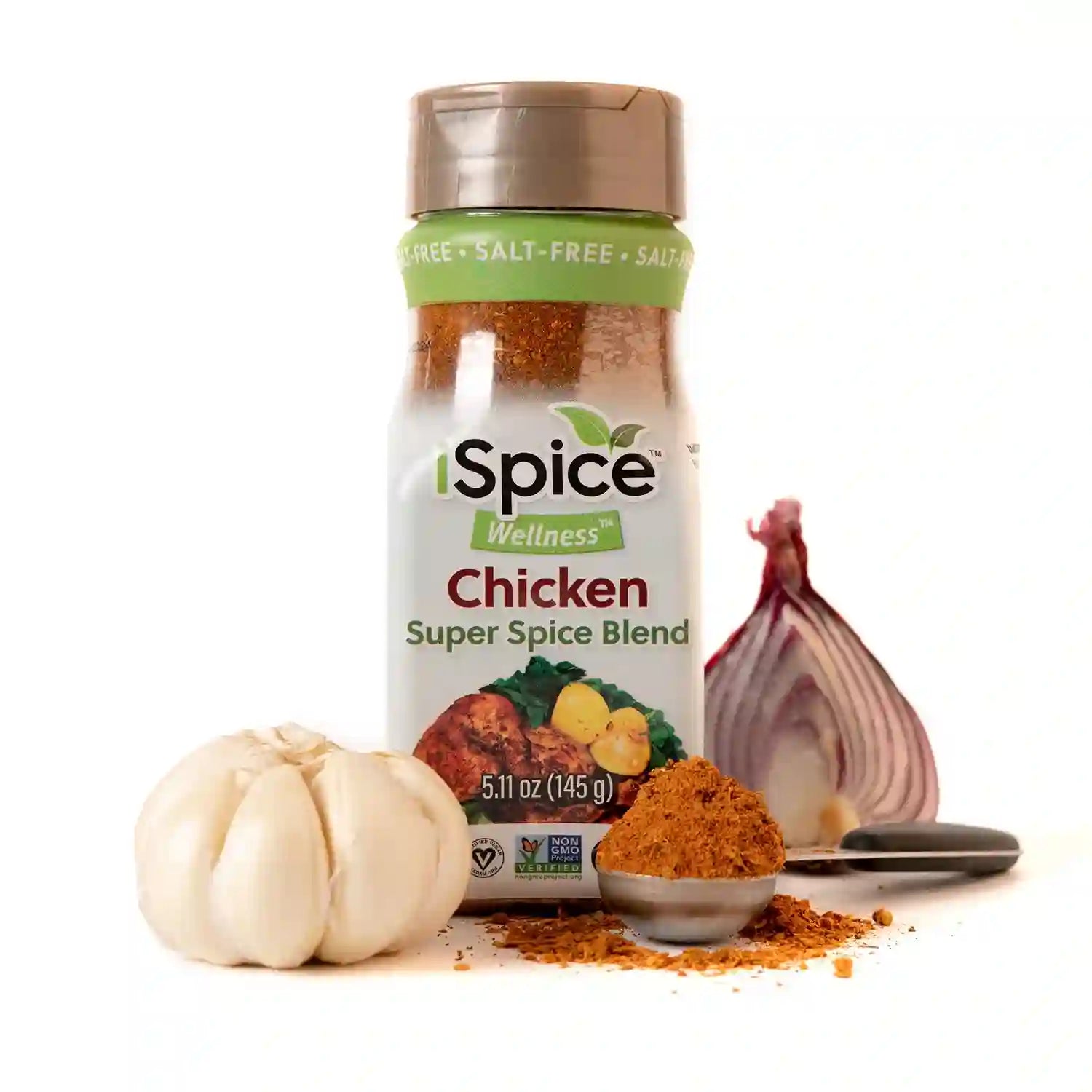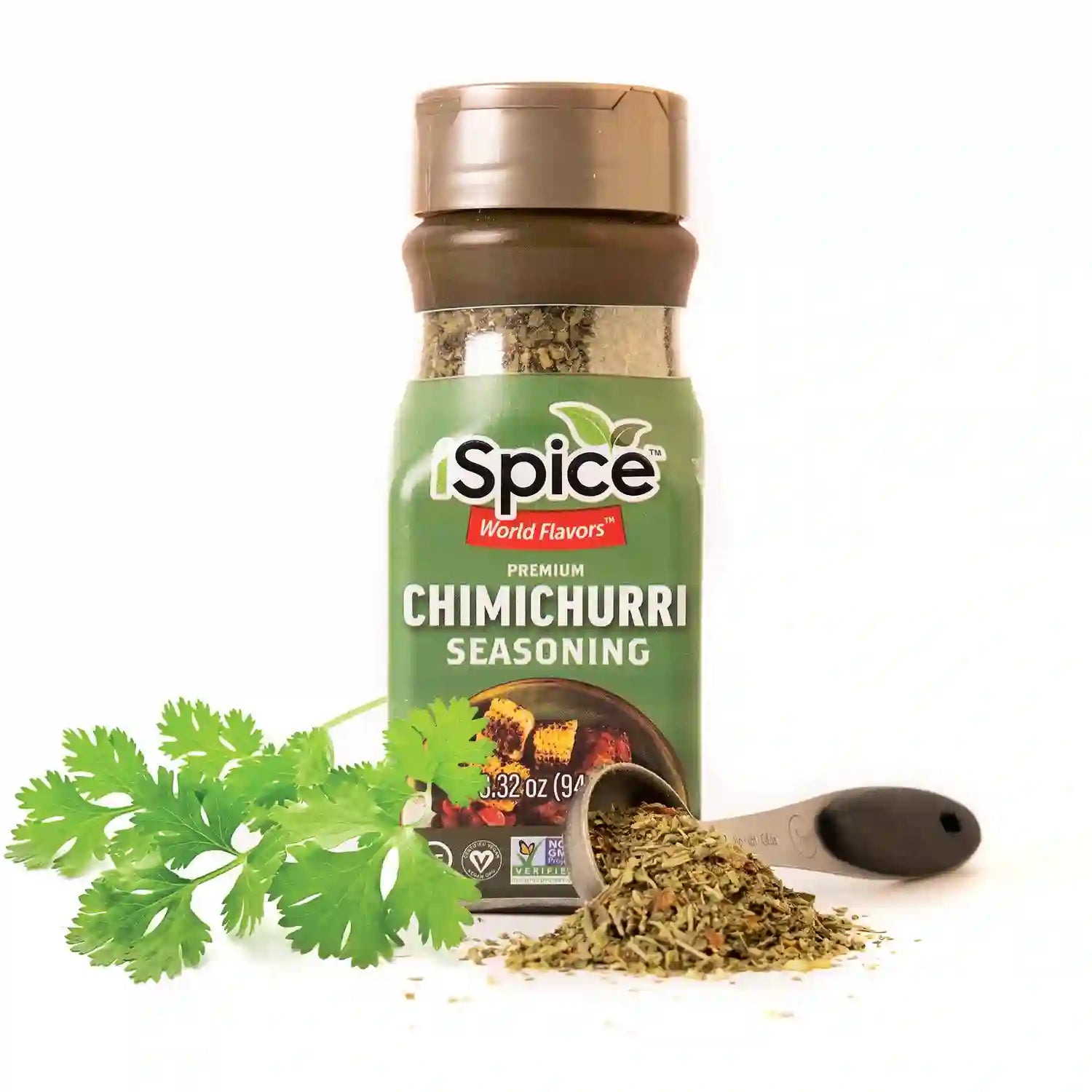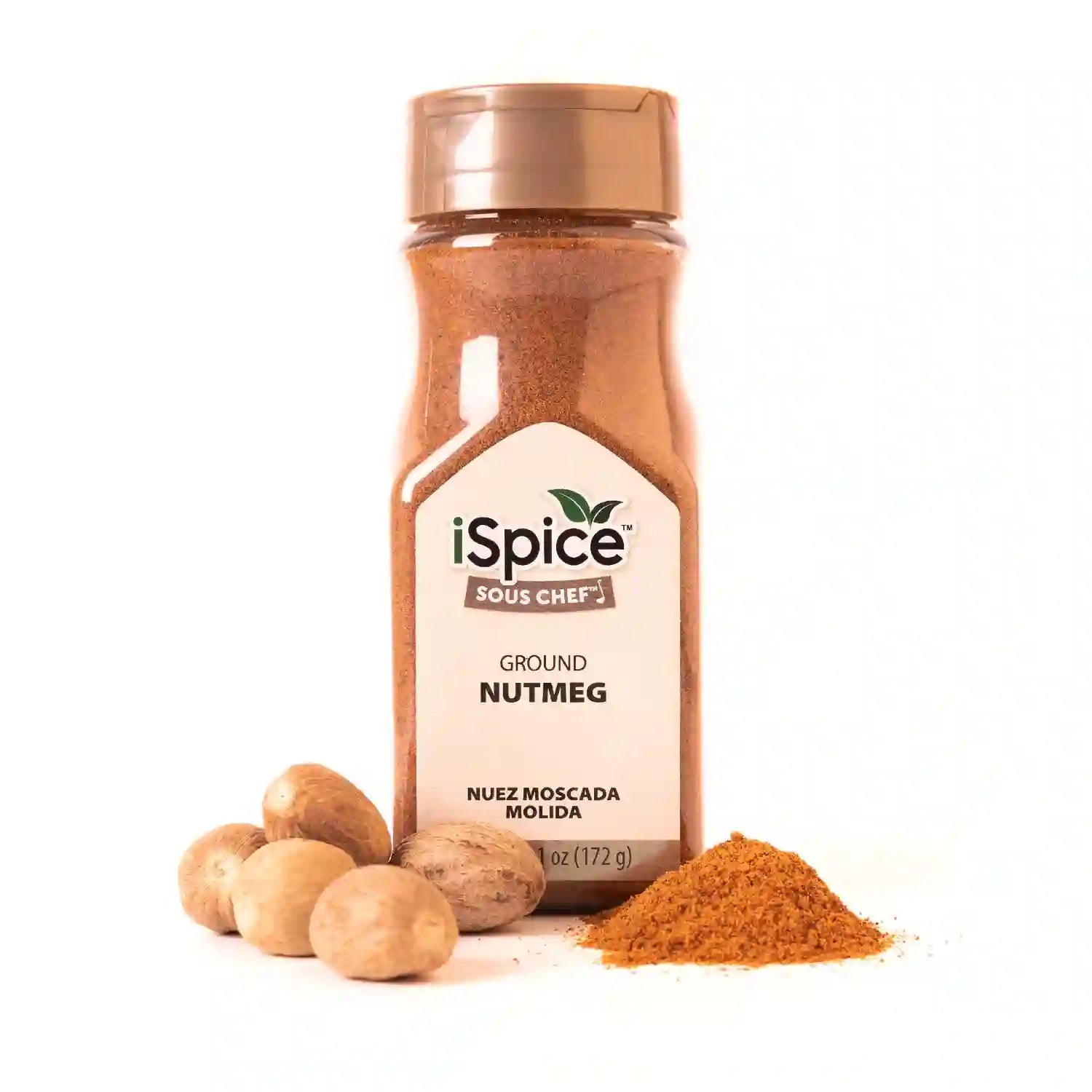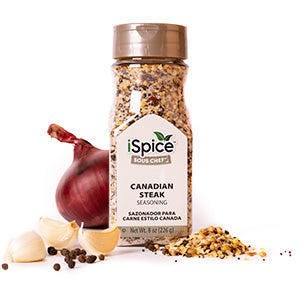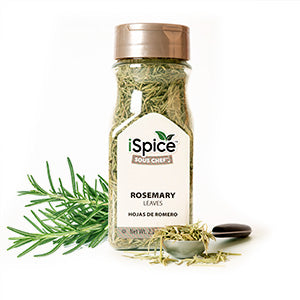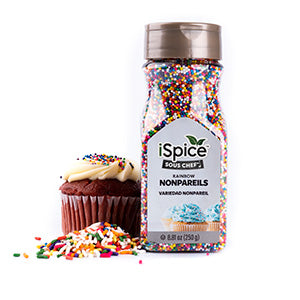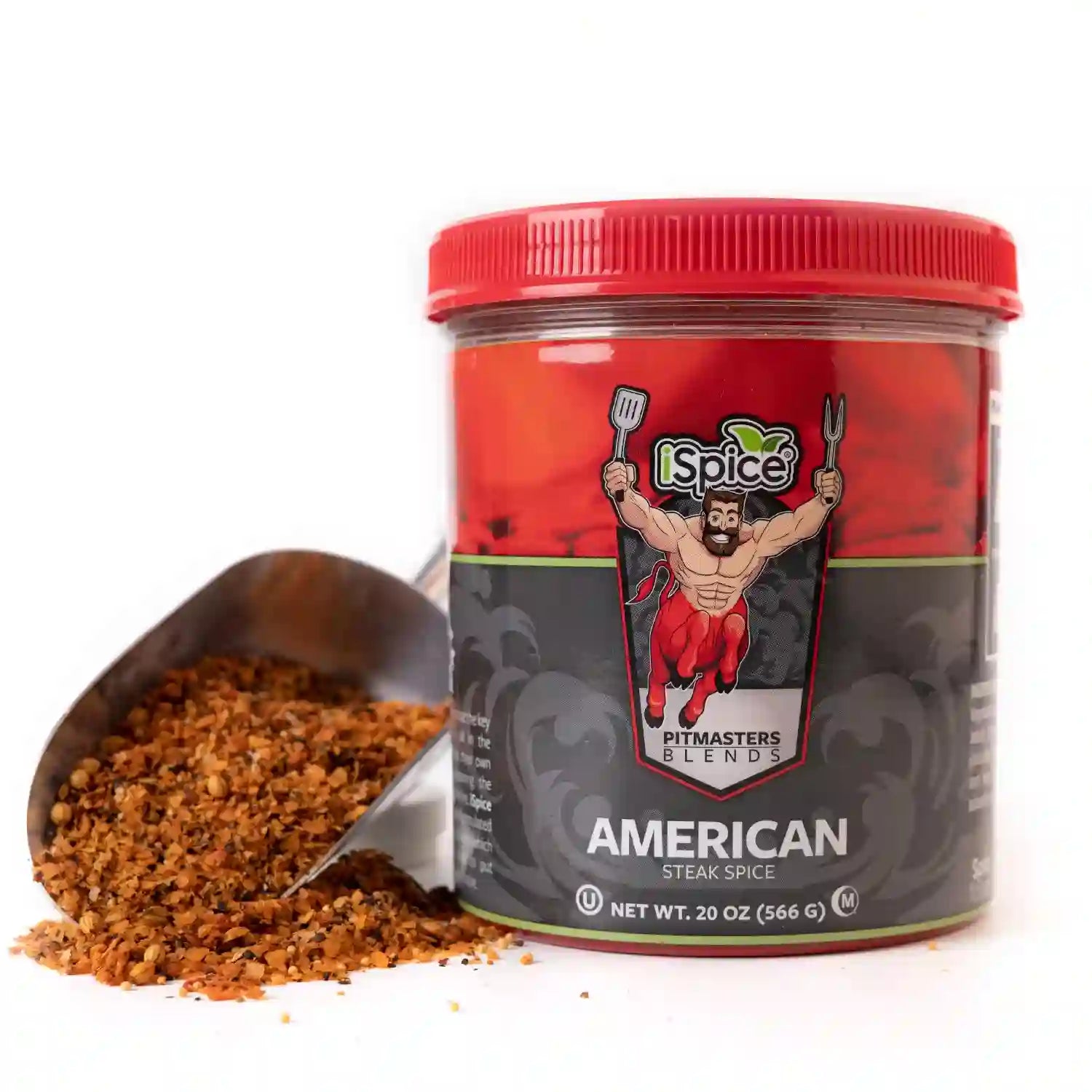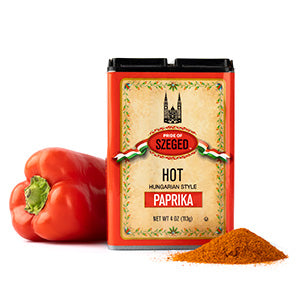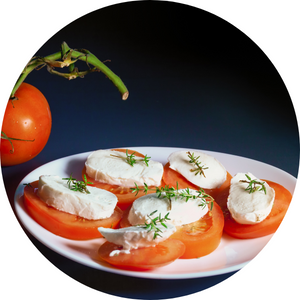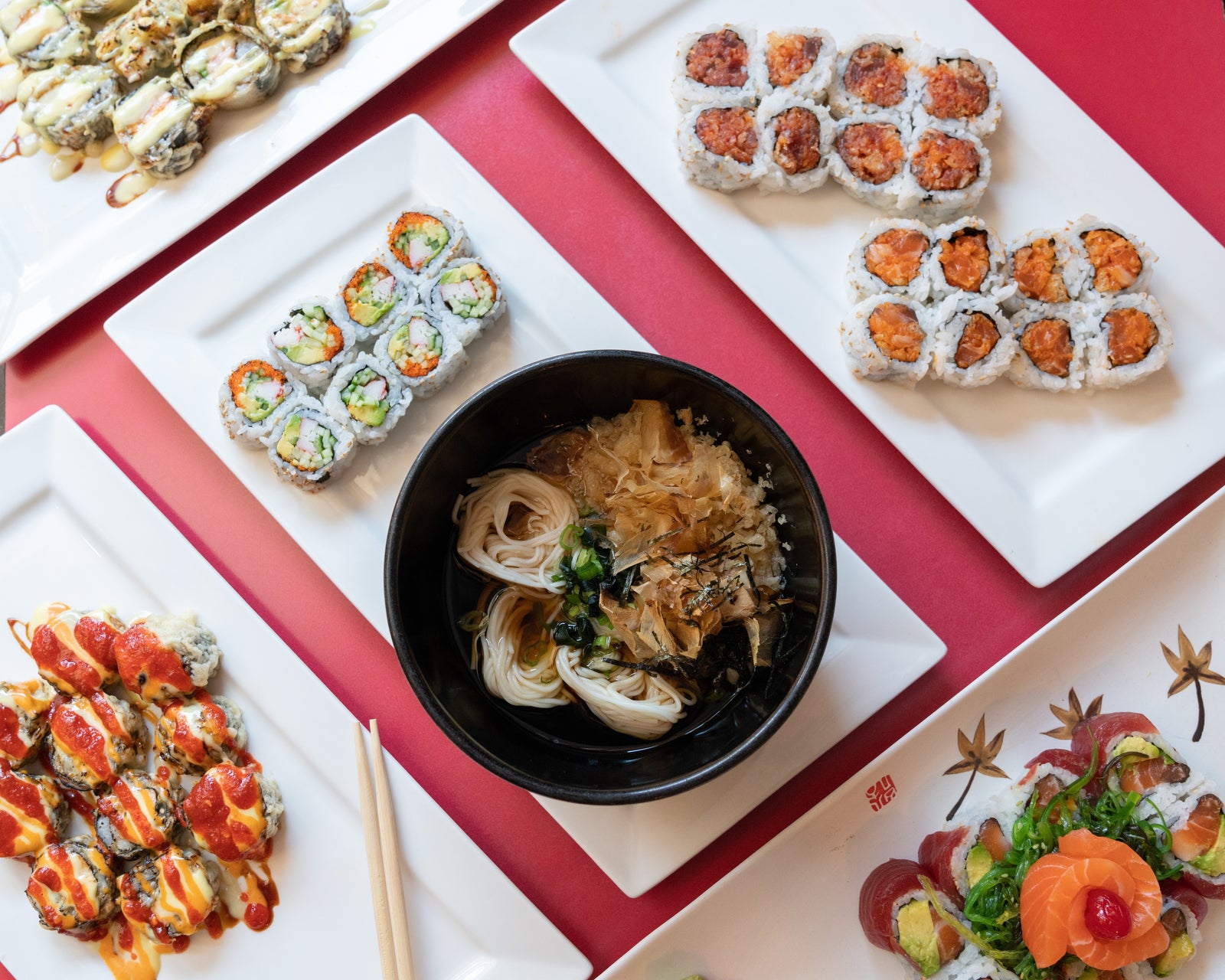
Introduction
Filipino Adobo is a culinary gem that holds a special place in the hearts of Filipinos worldwide. This delectable dish boasts a flavor profile like no other, combining a delightful blend of sweet, savory, and tangy notes. Its popularity extends beyond the Philippines, with food enthusiasts around the globe seeking to uncover the secrets behind its unique taste. In this article, we embark on a flavorful journey to explore the nuances of Filipino Adobo and the elements that make it a true culinary masterpiece.
The Origins of Filipino Adobo
1. A Dish Rooted in History
The history of Filipino Adobo can be traced back to the pre-colonial era, where preservation methods were essential to combat spoilage in a tropical climate. Discover how the Spanish influence and indigenous cooking techniques merged to create this beloved dish.
2. Cultural Significance of Adobo
Adobo holds a significant place in Filipino culture, often considered the unofficial national dish of the Philippines. Explore the role of Adobo in celebrations, family gatherings, and everyday meals, reflecting the warmth and hospitality of Filipino traditions.
Decoding the Flavorful Symphony: Key Ingredients
1. The All-Star Duo: Soy Sauce and Vinegar
At the heart of Adobo lies the perfect balance between soy sauce and vinegar. Understand the interplay of these two essential ingredients that create the distinctive sweet and tangy base of the dish.
2. The Aromatics: Garlic and Onion
Garlic and onion form the aromatic foundation of Adobo, infusing the dish with their enticing flavors and contributing to its rich and savory taste.
3. Exploring Variations: Chicken, Pork, and Beyond
While chicken and pork are the most popular choices for Adobo, Filipinos have mastered the art of adapting the dish to various meats and even seafood, each bringing its unique taste to the table.
The Art of Adobo Cooking Techniques
1. Marination: The Flavor Infusion
Marinating the meat in the soy sauce and vinegar mixture is a crucial step in Adobo preparation, allowing the flavors to penetrate deeply and creating a tender and succulent result.
2. Simmering: The Slow Dance of Flavors
Adobo is not a dish to rush. Discover the beauty of slow-cooking as the meat simmers in the marinade, absorbing the essence of the spices and creating a harmonious flavor symphony.
3. Adobo Variations Across the Philippines
Each region in the Philippines boasts its unique take on Adobo, showcasing the diverse culinary landscape of the archipelago. From the hearty Adobo sa Gata (coconut milk) in the Bicol region to the vinegar-heavy Adobong Ilonggo in Western Visayas, the variations are a testament to the creativity and ingenuity of Filipino cooks.
The Cultural Fusion on Your Plate
1. Spanish Influence on Filipino Adobo
Explore how the Spanish colonizers introduced the concept of marination and vinegar to the Philippines, laying the foundation for the birth of Adobo.
2. Indigenous Roots: Preservation Techniques
The indigenous peoples of the Philippines played a pivotal role in developing preservation techniques, such as using salt and vinegar, which found their way into the traditional preparation of Adobo.
3. Adobo Goes Global: Fusion with International Cuisine
As Filipino cuisine gains popularity worldwide, Adobo finds itself fusing with other culinary traditions, creating innovative and exciting taste experiences.
FAQ's about Filipino Adobo
Can I use other types of vinegar besides white vinegar?
Yes, while white vinegar is traditional, you can experiment with other types like apple cider vinegar or coconut vinegar to add a unique twist to your Adobo.
Is Filipino Adobo a spicy dish?
Filipino Adobo is not inherently spicy, but you can add chili peppers or hot sauce if you prefer a spicier version.
Can I use Adobo sauce as a marinade for vegetables?
Absolutely! Adobo sauce can add depth and flavor to vegetables, making it a versatile marinade for plant-based options.
What is the best meat for Adobo?
Chicken and pork are the most common choices, but you can use beef, lamb, or even fish to create your personalized Adobo dish.
How long does Adobo last in the refrigerator?
Properly stored, Adobo can last in the refrigerator for up to four days, making it a convenient dish for meal prep.
In Conclusion
Filipino Adobo stands as a symbol of the Philippines' rich culinary heritage, blending historical influences and diverse regional variations. Its unique flavor profile, a delightful medley of sweet, savory, and tangy notes, has captured the hearts and taste buds of food enthusiasts worldwide. Whether it's a traditional family recipe or a modern fusion experiment, Filipino Adobo continues to evolve, embracing new tastes while remaining deeply rooted in Filipino culture.
Alert: While spices can have many beneficial properties for health, using them for medical purposes should be done under the guidance and supervision of a healthcare professional or specialist. Some spices may interact with medications or cause adverse reactions in certain individuals, and it is important to use them safely and appropriately. If you are considering using spices for a medical condition, it is important to consult with a healthcare professional before doing so.

